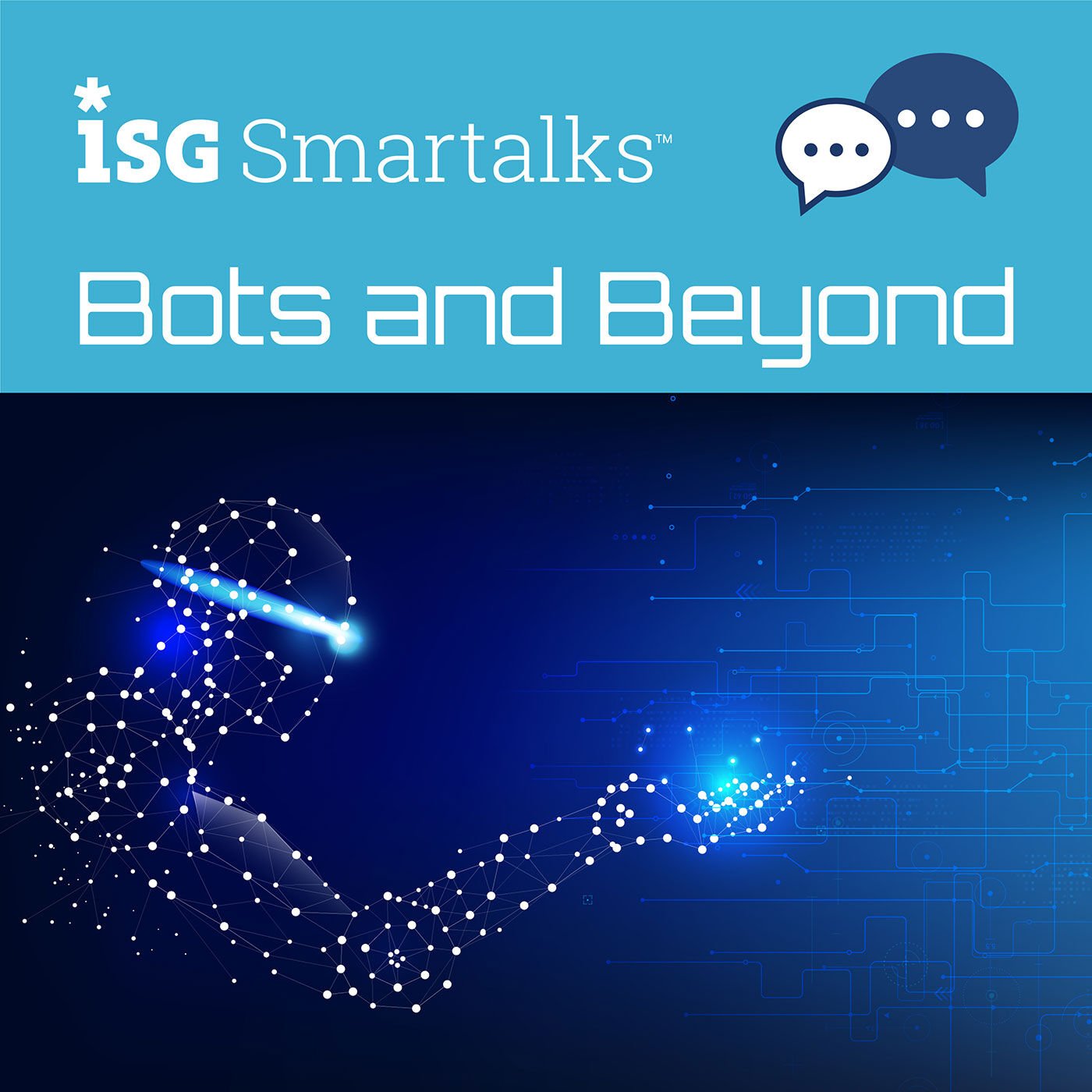Data is the core of connected systems, and service providers are focused on extracting meaningful insights from it to deliver quick action. The critical nature of these systems lies with the extensive volumes of data generated and the need for users to take quick and critical actions to improve the cost and quality of service.
Edge computing takes these needs into account by acting on the data closer to the source of its generation.
Edge computing is a new trend in the Internet-of-Things world, and service providers are beginning to see its value in IoT implementations. It eases deployments and aids in better application and data management to help reduce costs and improve efficiency from remote locations. With the localized processing of data, security and privacy are improved because any breach can be managed locally and not passed onto the centralized data storage or cloud. Edge computing also acts as a liaison between legacy systems and current applications, building a more robust and connected architecture to provide quick and meaningful insights.
Gathering Data Closer to the Source
Gathering data and analyzing it at the source of its generation instead of transferring it to the cloud helps reduce the latency in application performance. In IoT edge computing, the data from various connected devices of the IoT ecosystem is typically collected in a local device, analyzed on the network, and then transferred to the central data center or cloud. Slight latencies in information processing could affect connected ecosystems, especially in industries like oil and gas, manufacturing, financial services and healthcare. The flow of data and the transfer time determine the health of functions and systems in these industries and the slightest delay can affect the entire process.
Cost management is also an important factor in edge computing because it allows users to reduce the expenditures incurred during data storage and processing. Edge computing has become a popular solution because it ensures real-time data processing and helps resolve potential issues in connected system integrations. It also helps reduce the amount of data to be moved and processed over the network as well as in maintaining a secure flow.
With the growing popularity of edge computing, it has become increasingly important to manage the process with gateways, analytics and data centers at the source of generation. The offerings in this space are growing, and providers are aggressively providing new services to improve the synchronization between cloud and edge handling. For instance, the AWS IoT Greengrass core can interact with the cloud and work locally with irregular or low-bandwidth connectivity. Microsoft Azure IoT edge can expand cloud intelligence and analytics and deliver locally through artificial intelligence (AI).
With increasing data volumes and a growing need to derive insights quickly, it is important to act immediately at the source to reduce management costs. Dell’s Edge Gateway and Project Nautilus provide edge computing hardware to ensure better connected ecosystems. HPE is also making heavy investments in edge networks and gateways. Its Edgeline IoT systems provide operational support to improve the day-to-day performance of connected ecosystems.
Analyzing Data Closer to the Source
In addition, the move to the edge is driving changes in the way companies analyze the data. The process of transferring enormous data volumes to the cloud and analyzing them is found to be slow and inefficient. With the increased demand for real-time analytics, vendors have introduced edge analytics to derive intelligence and relevant information more efficiently in edge devices. In critical environments such as traffic signal management, shop floor health monitoring of machinery, oil rigs and mines, real-time analytics is considered to be more efficient and reduces latency to a great extent. It minimizes data management costs, saves time and protects connectivity outages.
As the number of connected devices increases exponentially, the data generated is multifold. Interim processing is thus required to ensure cost reduction and increased efficiency. Around three-fifths of the IoT data generated is expected to be processed through edge analytics in the coming years.
In data-heavy industries, the adoption and use of edge computing is measured in terms of the amount of data captured and used at the point of generation. It is specifically implemented in industries such as manufacturing, connected cars and smart infrastructure where the data load is significant and the latency in application would result in huge losses. Providers are becoming increasingly aware of the importance of edge computing in the connected ecosystem space. Partnerships and collaborations are expected to take place in most IoT implementations over the coming months.
Read more about edge computing and it’s impact on business in the recent ISG Provider Lens™ IoT – Transformational Services, Technology, Solutions, Platforms and Industries – Global 2019.



